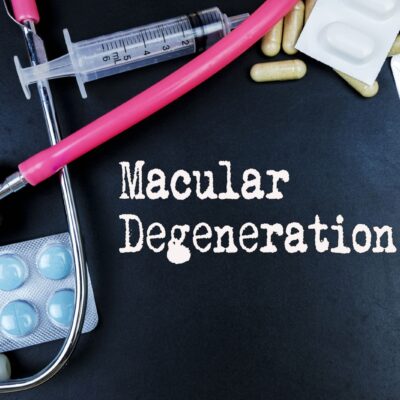
Health
5 Warning Signs Of Nasal Polyps in Cystic Fibrosis
Nasal polyps are a common complication for individuals with cystic fibrosis, and recognizing the warning signs early can lead to better management and treatment. When dealing with biochemical fibrosis nasal polyps cystic therapies, understanding the connection between nasal polyps and cystic fibrosis therapies is crucial. Nasal polyps are a common complication in individuals with cystic fibrosis, caused by chronic inflammation of the nasal passages. Treatment options include corticosteroid nasal sprays, such as fluticasone or mometasone, to reduce swelling and shrink polyps. Oral steroids, like prednisone, may be used for more severe cases, while saline rinses help maintain nasal hygiene. Biologics, such as dupilumab, target specific inflammatory pathways, offering an advanced option for persistent polyps. Antibiotics may be prescribed for secondary infections, and antihistamines can help manage associated allergies. In severe or recurring cases, functional endoscopic sinus surgery (FESS) is often recommended to remove obstructive polyps and improve breathing. Combining therapies and regular follow-ups ensures effective management. These small, noncancerous growths in the nasal passages can cause a variety of symptoms, impacting quality of life. Here are some warning signs to watch out for, along with treatments and medications to consider. 1. Persistent nasal congestion One of the first signs of nasal polyps in cystic fibrosis is ongoing nasal congestion.
Read More 














